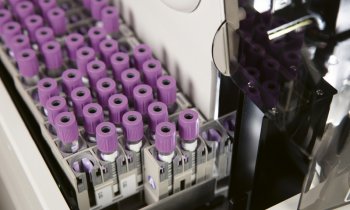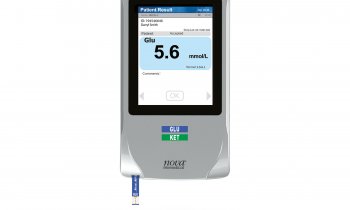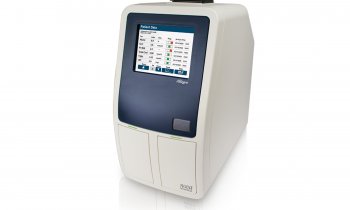Toolkit for quicker sepsis identification
Accident and Emergency (A&E) teams play a key role in identifying patients with sepsis, followed by risk stratification for severe sepsis and septic shock, initiating resuscitation and treatment, and ensuring the correct onward management of patients identified with sepsis.
Report: Mark Nicholls

Now a new clinical toolkit, developed jointly by the College of Emergency Medicine (CEM) and the UK Sepsis Trust, aims to help A&E teams to become more aware of the significant morbidity and mortality due to sepsis and provide the knowledge and skills for early recognition of its presence.
Designed to provide operational solutions for reliable sepsis identification and management the toolkit also complements clinical toolkits designed for other clinical areas and also offers guidance on screening and response to sepsis.
Dr Jeff Keep, a consultant in Emergency Medicine and Major Trauma at King’s College Hospital in London and a member of the Quality in Emergency Care Committee at the CEM, hopes the kit will bring clarity for emergency doctors over the different definitions of the severity of sepsis. ‘Time can be wasted diagnosing the severity of sepsis and by making the diagnosis simpler and having the confidence to treat sepsis before a definitive diagnosis has been made, we should improve door-to-antibiotic times,’ he explains. ‘Recognising sepsis is often easy when the patient is very unwell, but we want to recognise sepsis early on and this can be very difficult; the toolkit contains useful ways to achieve this.’
With emergency departments (EDs) using Early Warning Scores (EWS), performed very soon in the patient’s journey in the ED, an EWS of three or four, or higher, should trigger a sepsis screen, he said.
The toolkit also summarises some key recommendations for better organisation of the hospital and its sepsis management. Dr Keep: ‘Sepsis is a time-critical illness. Researchhas shown that early treatment with antibiotics has a significant impact on mortality, which increases by 8% for every hour’s delay.
‘Many patients with sepsis present to the ED and therefore the ED should manage sepsis patients as it does other time-critical illnesses, such as major trauma, myocardial infarction and acute stroke. In the UK, if managed properly, we estimate that we could save 12,500 lives from sepsis every year.’
At present some 37,000 people die from sepsis annually in the UK, but steps are being taken to cut tackle this in bringing together professional organisations such as the College of Emergency Medicine, the College of Paramedics and the Royal College of Physicians to jointly tackle sepsis and advise a group of members of parliament (APPG) on how to fix sepsis.
The Parliamentary Health Service Ombudsman published a report on sepsis last year, the NCEPOD (National Confidential Enquiry into Patient Outcome and Death) is conducting a review of sepsis patients, and UK health guidance and advisory body NICE (National Institute for Health and Care Excellence) has fast-tracked sepsis through its system and will be issuing guidelines in the near future.
‘NHS England [The National Health Service] has also joined the fight against sepsis and the momentum is currently strong and very positive. Of course, it is ultimately down to the individual healthcare providers to recognise sepsis early and start treatment, but the broad support from within the UK healthcare system is invaluable,’ Dr Keep stated.
In 2009, CEM developed national criteria and standards for the management of severe sepsis and septic shock, and conducted the first national audit of these standards in 2011/12 and a second in 2013/14.
‘The results have improved, and more patients with severe sepsis or septic shock are receiving IV fluids and antibiotics within an hour of attendance,’ Dr Keep said.
He stressed the importance of data coding as being critical in combating sepsis and added: ‘If every hospital collected accurate data on sepsis then it would be easier to monitor improvements and manage sepsis more effectively.
‘Diagnosing the source of infection is also important and strategies for early investigations are crucial to patient survival. By identifying and treating sepsis earlier, costly treatments such as ITU admission can be avoided and these resources should be invested in hospital ‘Sepsis Teams’ that can respond rapidly with the necessary skills to diagnose and treat sepsis and not allow the patient’s condition to deteriorate further.’
Profile:
Jeff Keep MD is a consultant in Emergency Medicine and Major Trauma at King’s College Hospital, London, and a member of the CEM’s Quality in Emergency Care Committee. With a particular interest in sepsis, he developed the national standards in 2009, and keeps the committee up to date with sepsis developments.
31.10.2014











